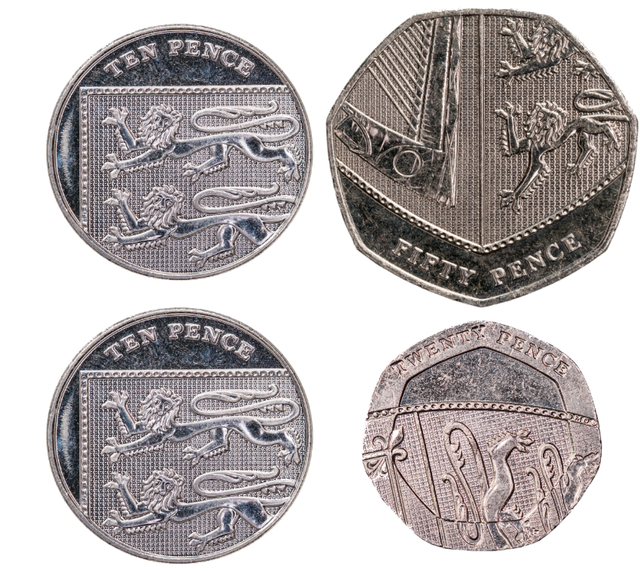Myths about teaching can hold you back
- Year 2
Recognise the value of 20 p, 50 p and £1 coins
I can recognise the value of 20 p, 50 p and £1 coins.
- Year 2
Recognise the value of 20 p, 50 p and £1 coins
I can recognise the value of 20 p, 50 p and £1 coins.
These resources will be removed by end of Summer Term 2025.
Switch to our new teaching resources now - designed by teachers and leading subject experts, and tested in classrooms.
These resources were created for remote use during the pandemic and are not designed for classroom teaching.
Lesson details
Key learning points
- It is more efficient to use 20 p and 50 p and £1 coins rather than using lots of smaller value coins.
- One pound has the same value as one hundred pence.
- When recording the number of pounds, we can use the pound sign.
- The pound sign must be written before the number of pounds.
- The pound sign and the pence sign are never written together.
Keywords
Efficient - Not wasting time or effort. An efficient strategy is one we can carry out easily.
Pound sign - The symbol used, written before the pounds digit, to show the unit we are working in is pounds.
One pound - This is one of the ways we record one pound.
Common misconception
Children may be confused by the pound sign being written before the digit rather than after. They may also include the pence sign as well as the pound sign when recording using the decimal point.
Make deliberate errors for children to identify. Discuss the reason for correct notation. For example, explain that the pence sign is not needed in the decimal notation because we know the digits after the 'dot' (decimal point) indicate the pence.
To help you plan your year 2 maths lesson on: Recognise the value of 20 p, 50 p and £1 coins, download all teaching resources for free and adapt to suit your pupils' needs...
To help you plan your year 2 maths lesson on: Recognise the value of 20 p, 50 p and £1 coins, download all teaching resources for free and adapt to suit your pupils' needs.
The starter quiz will activate and check your pupils' prior knowledge, with versions available both with and without answers in PDF format.
We use learning cycles to break down learning into key concepts or ideas linked to the learning outcome. Each learning cycle features explanations with checks for understanding and practice tasks with feedback. All of this is found in our slide decks, ready for you to download and edit. The practice tasks are also available as printable worksheets and some lessons have additional materials with extra material you might need for teaching the lesson.
The assessment exit quiz will test your pupils' understanding of the key learning points.
Our video is a tool for planning, showing how other teachers might teach the lesson, offering helpful tips, modelled explanations and inspiration for your own delivery in the classroom. Plus, you can set it as homework or revision for pupils and keep their learning on track by sharing an online pupil version of this lesson.
Explore more key stage 1 maths lessons from the Money: recognise coins and use £ and p symbols unit, dive into the full primary maths curriculum, or learn more about lesson planning.

Licence
Prior knowledge starter quiz
6 Questions
Q1.Which set of coins has the smallest value?
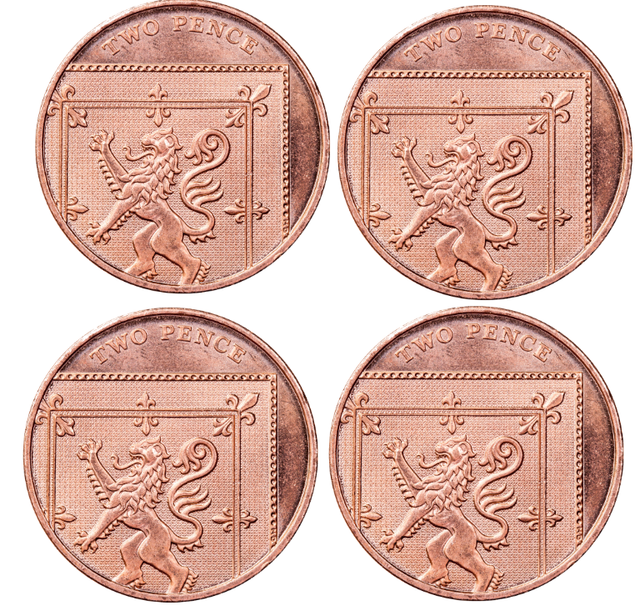
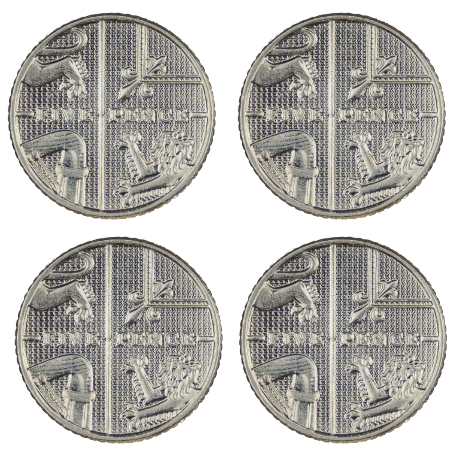
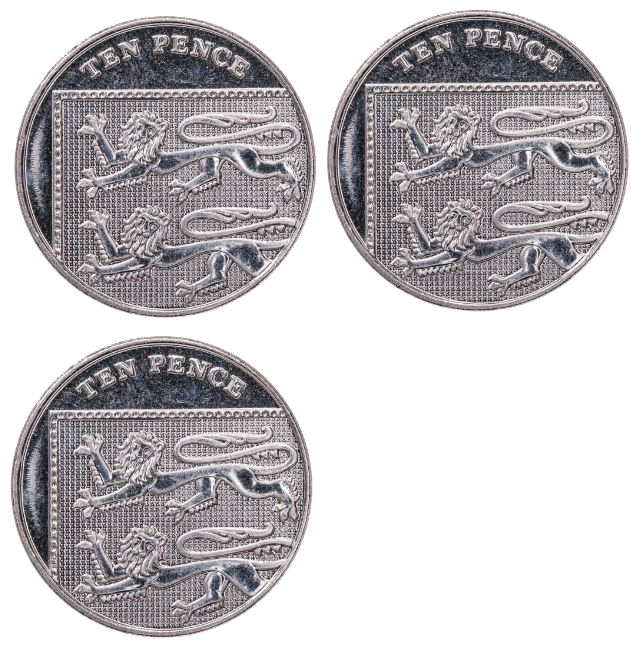
Q2.Which multiplication equation would you write to find the total value of the coins represented?
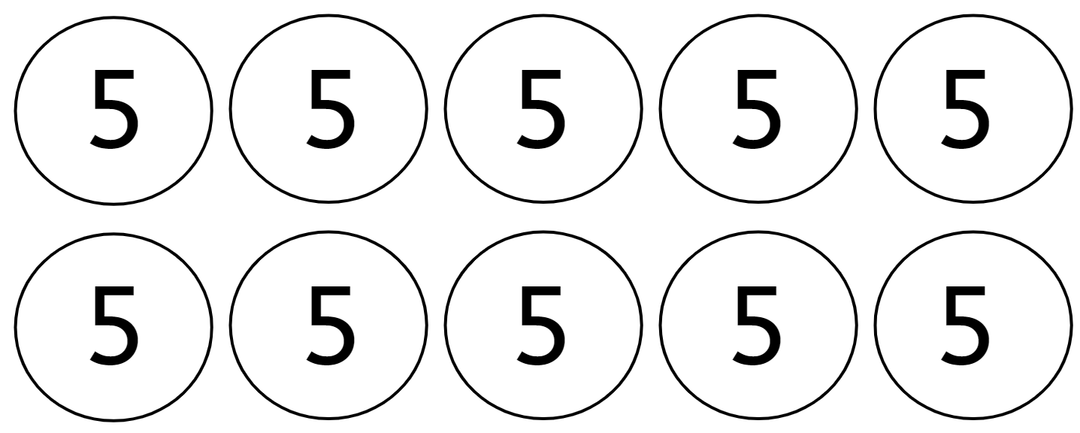
Q3.I have eight 10 p coins. How much money do I have? p
Q4.Find the value of this set of coins. p
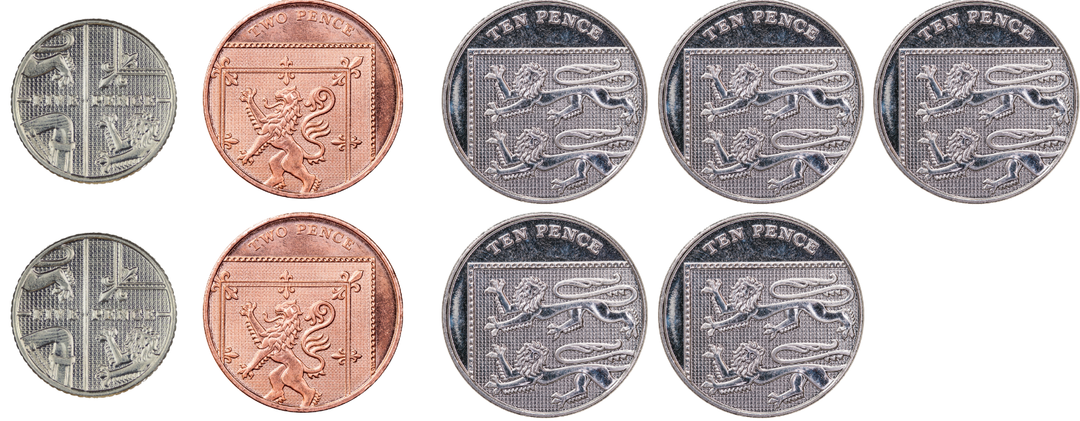
Q5.Which bag of coins has the smallest value?
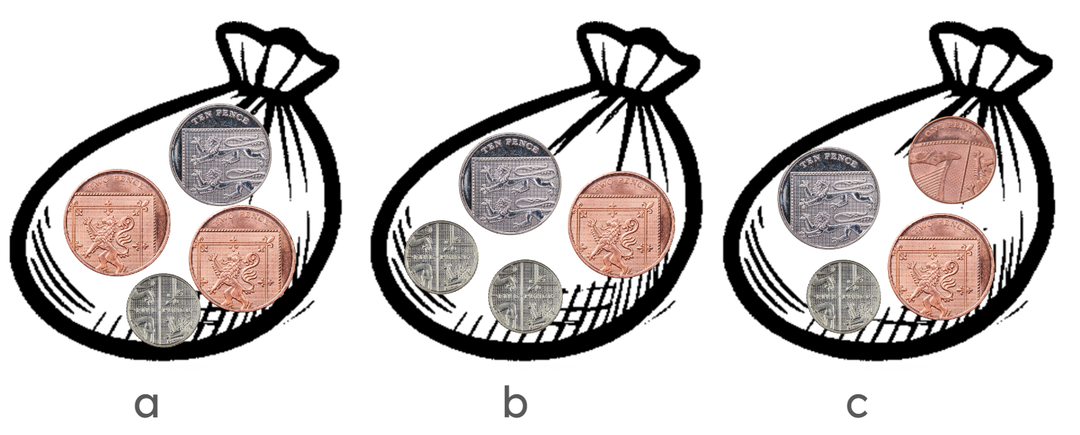
Q6.I have a bag of 5 p coins. There are fewer than 7 coins but more than 4 coins. What could the value of the coins in the bag be? p
Assessment exit quiz
6 Questions
Q1.Which of these shows the coins that could be used to pay for a lolly costing 40 p?
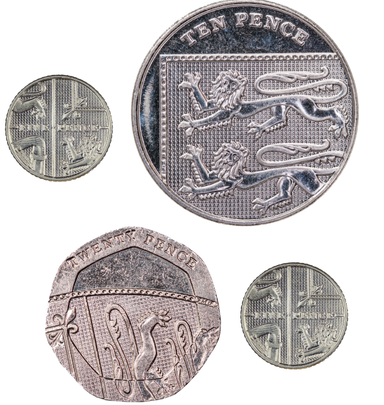

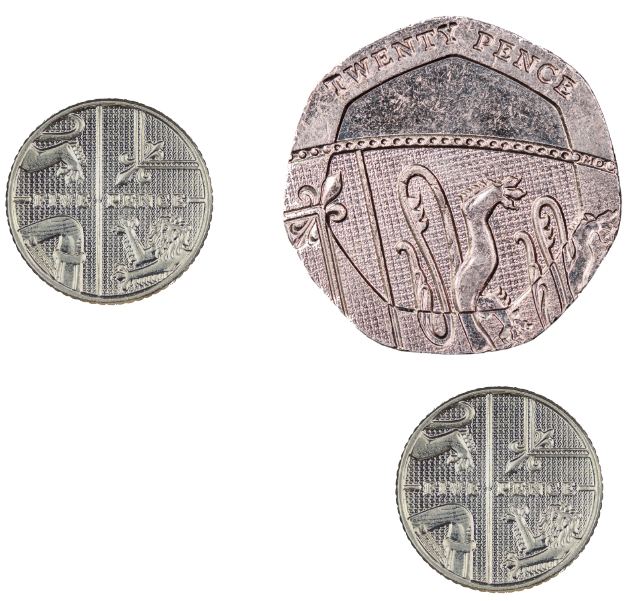
Q2.Which set of coins shows the most efficient way to pay for this sticker?
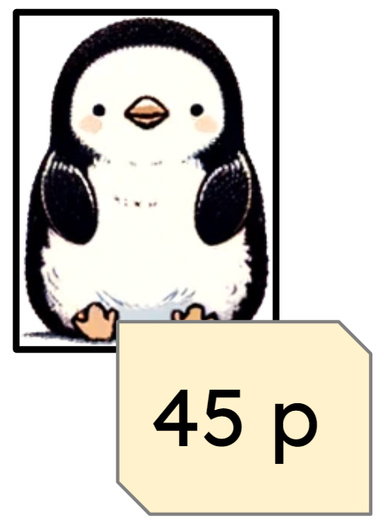
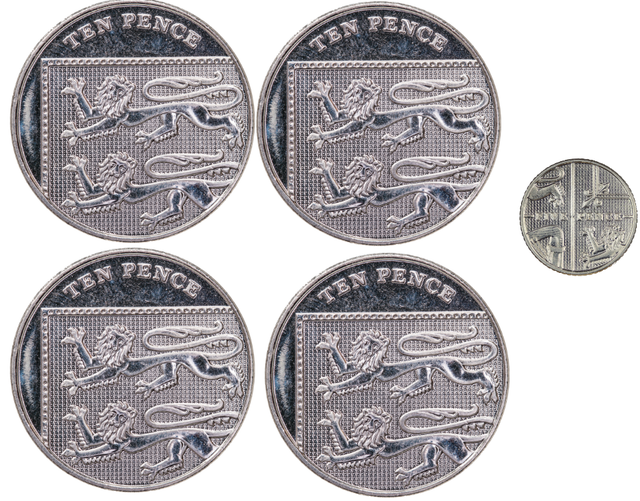
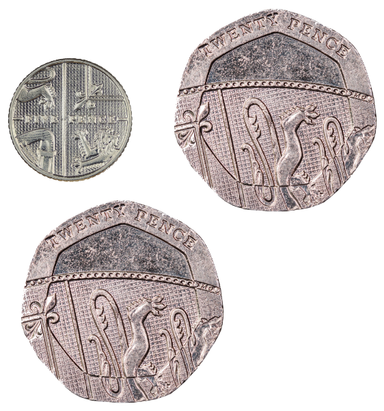
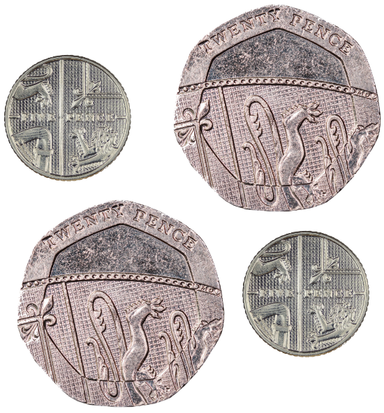
Q3.What is the total value of this set of coins? p
